How A Waterfront Development With 4,000 Homes Is Going To Reshape Singapore’s Property Market
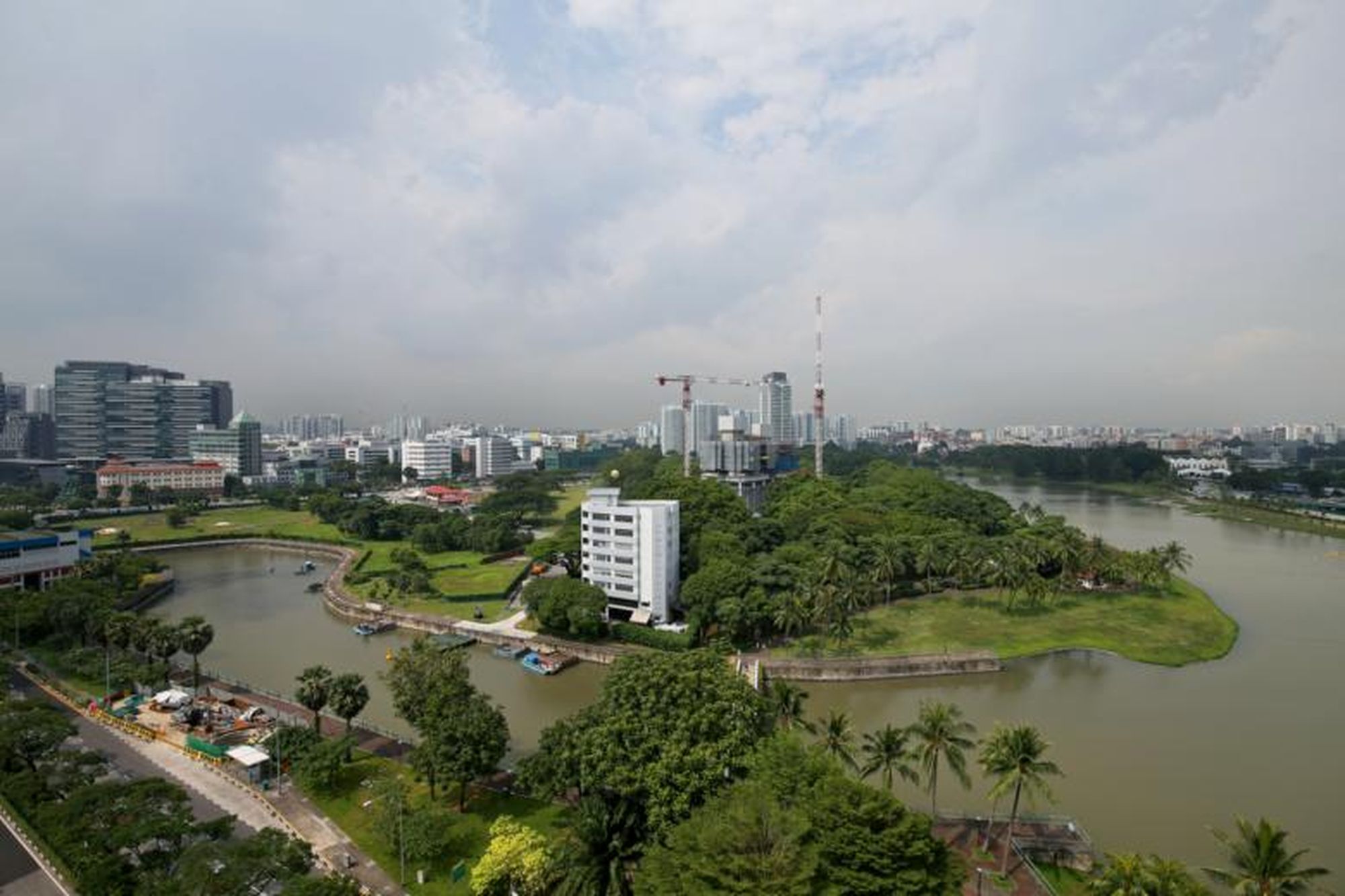
Get The Property Insights Serious Buyers Read First: Join 50,000+ readers who rely on our weekly breakdowns of Singapore’s property market.
A seasoned content strategist with over 17 years in the real estate and financial journalism sectors, Ryan has built a reputation for transforming complex industry jargon into accessible knowledge. With a track record of writing and editing for leading financial platforms and publications, Ryan's expertise has been recognised across various media outlets. His role as a former content editor for 99.co and a co-host for CNA 938's Open House programme underscores his commitment to providing valuable insights into the property market.
Some time ago, in 2022, you may have heard of a certain “white site” in Bugis being withdrawn from land bids. This was in March of that year, and the only thing we all knew was that (1) it was the former Kallang Gasworks and (2) the site was withdrawn due to soil remediation works. What we didn’t realise at the time was the sheer scope of the plans and how much of an impact they would likely have. But now in 2025, the white site is back, and it will house a new precinct, Kampong Bugis, and it could have a transformative effect on the Kallang River area. Here’s what you need to know:
What is the Kampong Bugis white site?
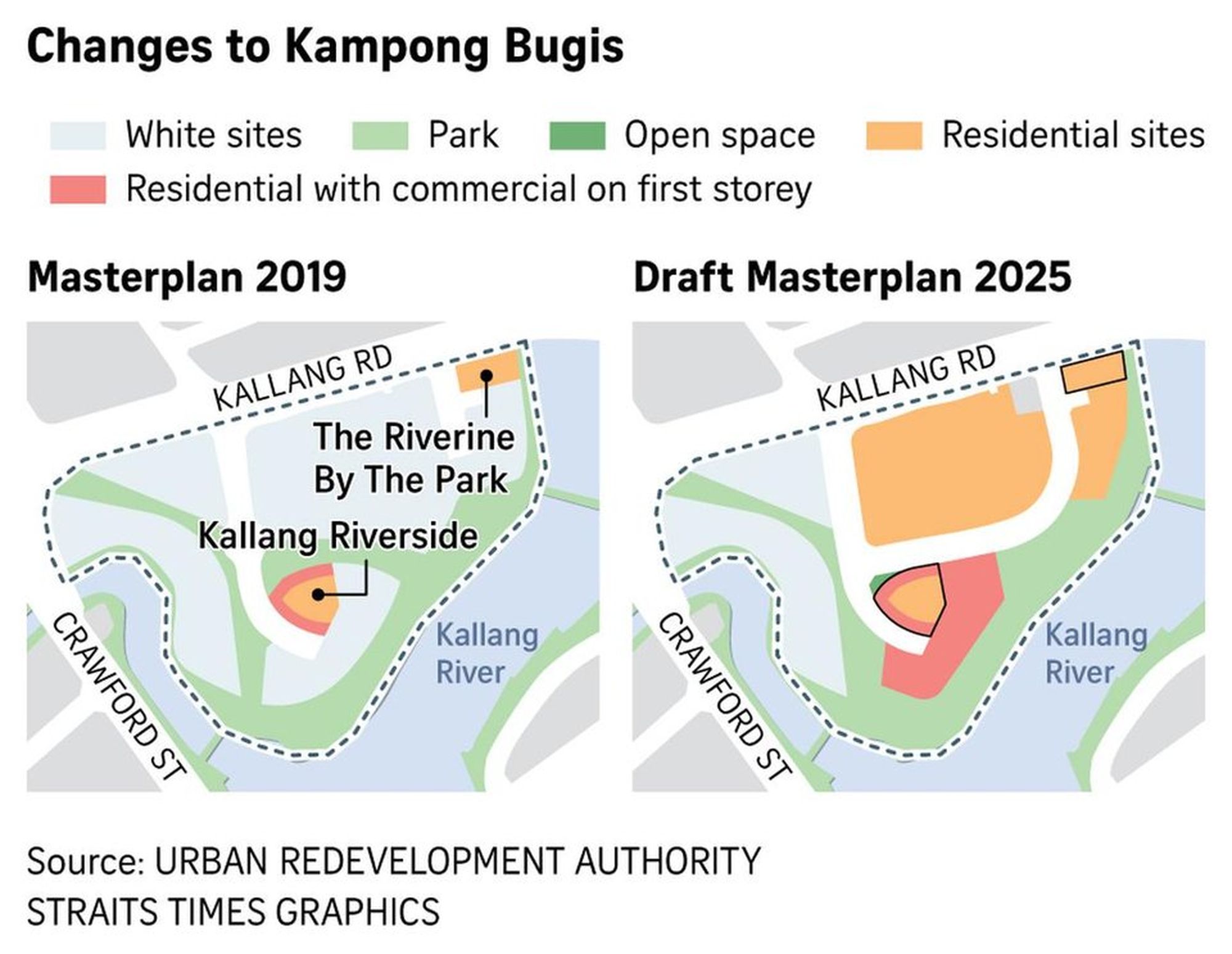
The Kampong Bugis white site refers to a cluster of land parcels along the Kallang River, which URA originally put up for sale in 2019 (before a brief withdrawal in 2022) and a return today. It was originally a cluster of four white sites, today reduced to two.
A “white site” is a zoning category where the land use is not fixed. Instead, the developer is given flexibility to propose the exact mix of uses (e.g. a mix of residential, retail, office, and sometimes hotel and entertainment properties), subject to URA’s approval. The goal is to create integrated, live-work-play areas that fit within URA’s vision for the area, whilst also fulfilling market demands.
Marina Bay, for instance, as well as Paya Lebar Quarter, were also white sites before becoming what they are today.
The Kampong Bugis white site is an 8.2-hectare development zone, within the larger Kallang River precinct. It’s conceived as a test case for a new “master developer” approach. That means a single developer will purchase and plan the entire area.
The reason is to build an integrated waterfront community, rather than have a bunch of piecemeal projects, and there is potential to deliver up to 4,000 homes and about 50,000 sqm of commercial and community space.
When completed, this will also be Singapore’s first large-scale private housing neighbourhood designed to be car-lite and eco-friendly; it will have reduced carparks, stronger cycling and pedestrian links, and pneumatic waste conveyance.
(HDB is already doing this with Tengah, by the way, so we can expect some similarities even if this is a private venture.)
The entire project should take around 11 to 13 years.
There was a setback in 2022, however
The site’s legacy as the former Kallang Gasworks left the land heavily contaminated. Soil remediation works began in 2020 but weren’t completed, thus delaying the project’s timeline. So in 2022, URA withdrew the site from the Government Land Sales programme; partly also acknowledging the difficult post-COVID conditions.
Now that Kampong Bugis is back in the Draft Master Plan 2025, there have been a few alterations:
While the overall plan remains intact, there are now two white sites only – the other two white sites have been rezoned into simple residential parcels, with limited (ground-floor) commercial use allowed.
This shift also suggests that, instead of relying on a single master developer, the government may now release the land in smaller plots over time. This will reduce financial risks for developers taking on the project, while still working towards the precinct’s eventual 4,000 homes and integrated nature.
A note on the site’s history
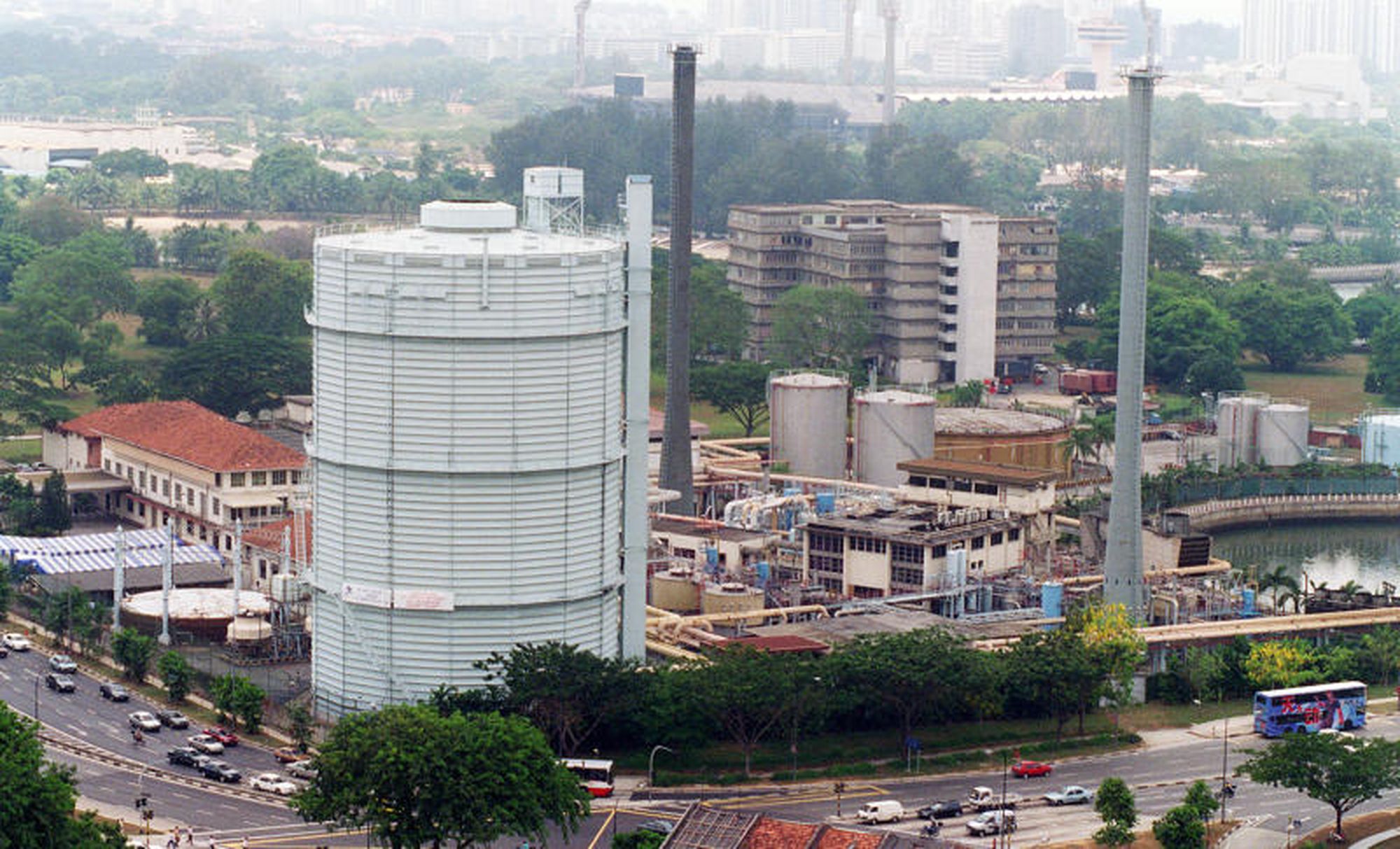
This land parcel was formerly home to Kallang Gasworks, which was Singapore’s first coal plant built in 1862, and it was in continuous operation right up till 1997. The 130-odd years of coal pollution were why the environmental remediation took so long.

The broader Kampong Bugis area also includes the preserved art-deco Kallang Airport terminal (Singapore’s first civil airport, opened in 1937) and the former Gay World Amusement Park.
Why Kampong Bugis’ location is so important

Let’s start with the most obvious reason: the Kampong Bugis area is situated just outside the downtown core. It’s minutes away from the Core Central Region (CCR), and it’s a waterfront Rest of Central Region (RCR) district with a waterfront view of the Kallang River – and from here it flows to the Marina basin. The precinct will also face the Singapore Sports Hub across the water. In fact, leveraging the prime waterfront overlooking the Sports Hub and Marina Bay was a deliberate aspect of URA’s vision for the area.
More from Stacked
How Does Normanton Park’s Former “No-sale License” Matter To Buyers?
Normanton Park is shaping up to be one of the hot launches of 2021. It’s close to the One-North tech…
Kampong Bugis is also flanked by multiple MRT stations on different lines: Kallang (East–West Line), Lavender (East–West Line), and Bendemeer (Downtown Line) are all within walking or cycling distance. This will make it one of the most accessible new enclaves from day one. And when coupled with park connectors and other walking trails, this could provide for foot and bike access into the Marina or downtown core areas.
Additionally, the redevelopment of Kampong Bugis follows a broader rejuvenation of the Kallang Basin. Just downstream, the heritage Old Kallang Airport and its surroundings are slated to be transformed into a lifestyle hub.
Further east across the river, there are plans to introduce thousands of new homes in precincts like Tanjong Rhu (around 2,000 new homes), while in the north, the Kallang Distripark and old Geylang Bahru Industrial Estate are also earmarked for redevelopment into housing estates. These are all earmarked in the Draft Master Plan 2025 – so Kampong Bugis is actually at the centre of the wider “Kallang rejuvenation.”

To maintain the waterfront theme, URA has also stated that developments along the river must include green frontage (think parkland, landscaped sky terraces and rooftop gardens by the water) and incorporate riverfront retail and dining options. This will make Kampong Bugis quite unique among RCR offerings, being both a green waterfront precinct and at the doorstep of the CCR.
What’s the likely impact on the housing market?
The most obvious impact is the boost to housing supply in the RCR, with the 4,000 new homes here. These are expected to be predominantly private, given the site’s zoning and prime location.
Kampong Bugis is also well-positioned to attract upgraders from the surrounding Kallang/Whampoa HDB towns. Much of the public housing in this area was built in the 1970s and 1980s, and as these flats age, some owners may be looking to upgrade while their prices still hold. For many, Kampong Bugis will offer the ideal next step: it allows them to stay in a familiar central location, while the car-lite nature and waterfront setting could also be good for seniors.
Pricing will always be the ultimate determinant, but given the high values of flats in the mature Kallang/Whampoa area, bridging the price gap may be a possibility for many.
For the surrounding property market, the rise of Kampong Bugis can generally be seen as a positive catalyst.
New amenities, like waterfront promenades, shops, eateries, etc., will benefit the broader neighbourhood. In fact, existing private condominiums adjacent to the site, such as The Riverine and Kallang Riverside (both freehold projects overlooking the Kallang River), can add these to their amenities, and may become more attractive.
The new housing supply may introduce newer competition for buyers; but the older projects here tend to be larger, and some can count on freehold status as a differentiator. Overall, they’re gaining more than they’re losing with the rise of Kampong Bugis.
In many ways, Kampong Bugis feels like a test of Singapore’s next chapter of urban living.
We have seen white sites before, and each one of them has marked a major step forward: Marina Bay, South Beach & DUO, the Jurong Gateway, etc. On this new stage, Kampong Bugis, URA seems to be setting the template for future private enclaves – sustainable, car-lite, and designed around pedestrian rather than road-based traffic. It is, in a sense, updating the private market to match initiatives already being applied in recent HDB towns.
For the property market, Kampong Bugis will also add meaningful supply to the RCR, and whether upgraders from Kallang/Whampoa can afford to move here is an issue that will be closely watched. If nothing else, it will be studied as a representation of the growing HDB/private price gap.
What’s clear is that, by the end of the next decade, this will be one of the most transformative events to ever happen in the Kallang area.
If you’d like to get in touch for a more in-depth consultation, you can do so here.
Ryan J. Ong
A seasoned content strategist with over 17 years in the real estate and financial journalism sectors, Ryan has built a reputation for transforming complex industry jargon into accessible knowledge. With a track record of writing and editing for leading financial platforms and publications, Ryan's expertise has been recognised across various media outlets. His role as a former content editor for 99.co and a co-host for CNA 938's Open House programme underscores his commitment to providing valuable insights into the property market.Read next from Editor's Pick
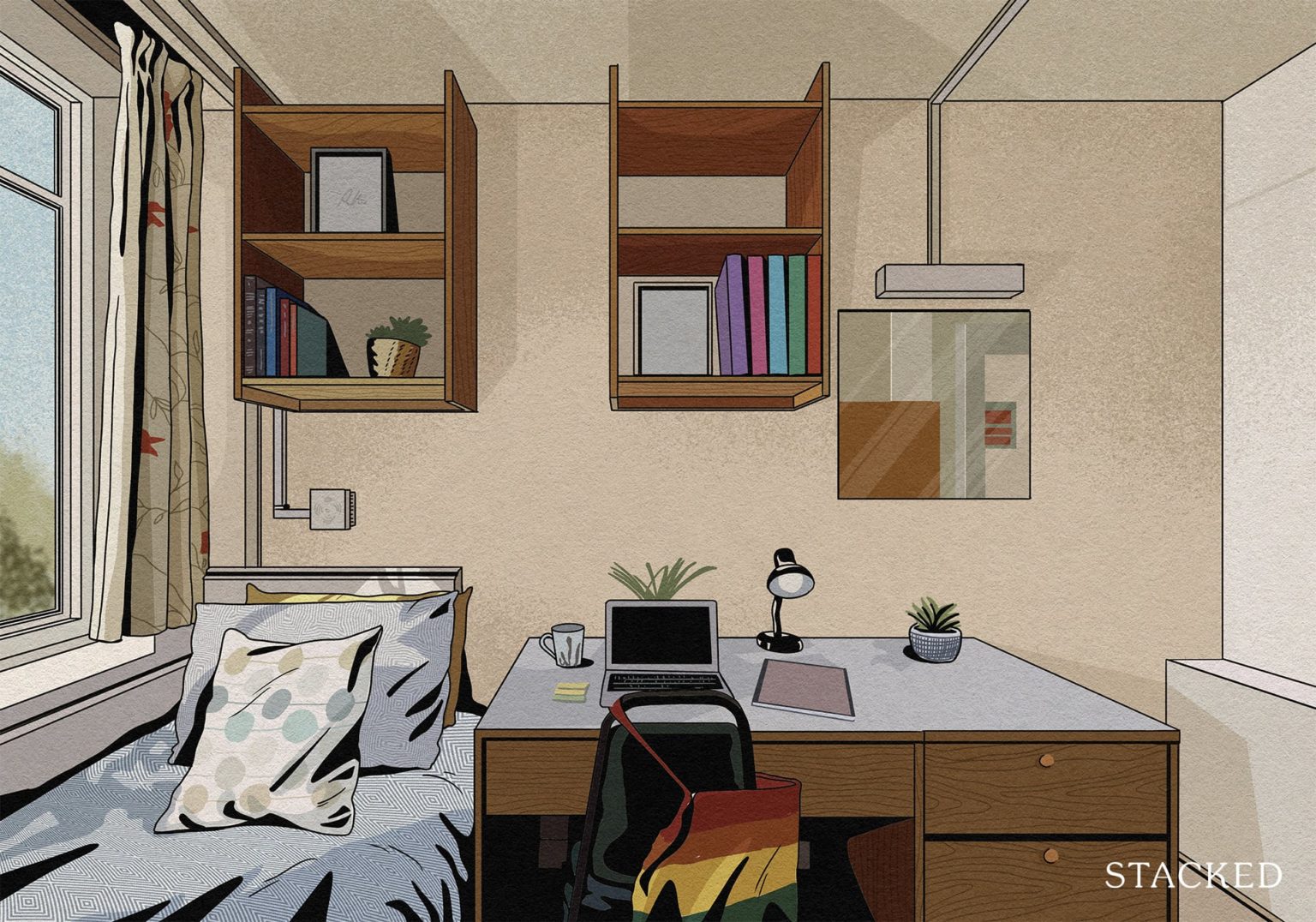
Singapore Property News The Hidden Costs of Smaller Homes in Singapore

Singapore Property News 10 New Upcoming Housing Sites Set for 2026 That Homebuyers Should Keep an Eye On
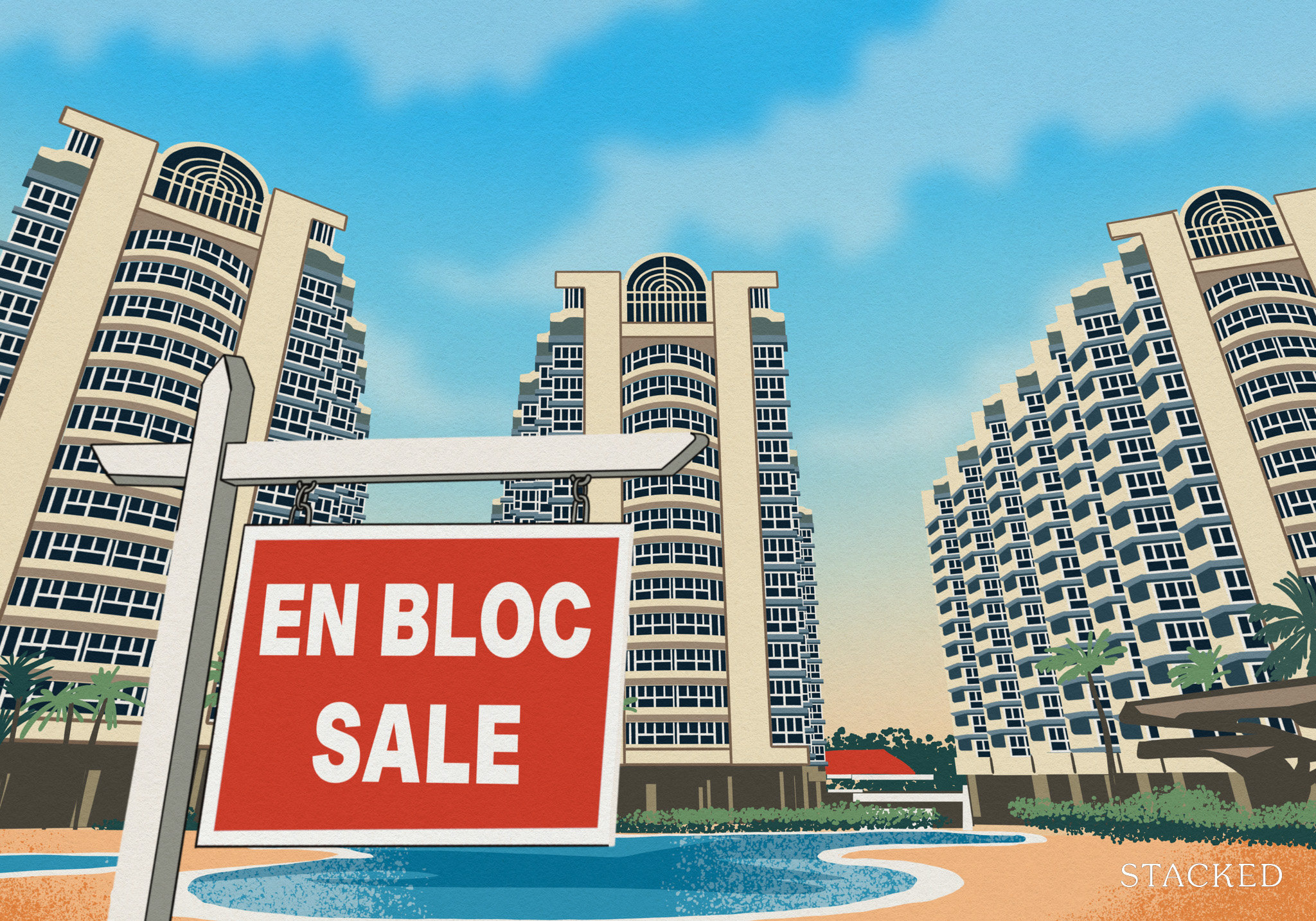
Singapore Property News Will Relaxing En-Bloc Rules Really Improve the Prospects of Older Condos in Singapore?
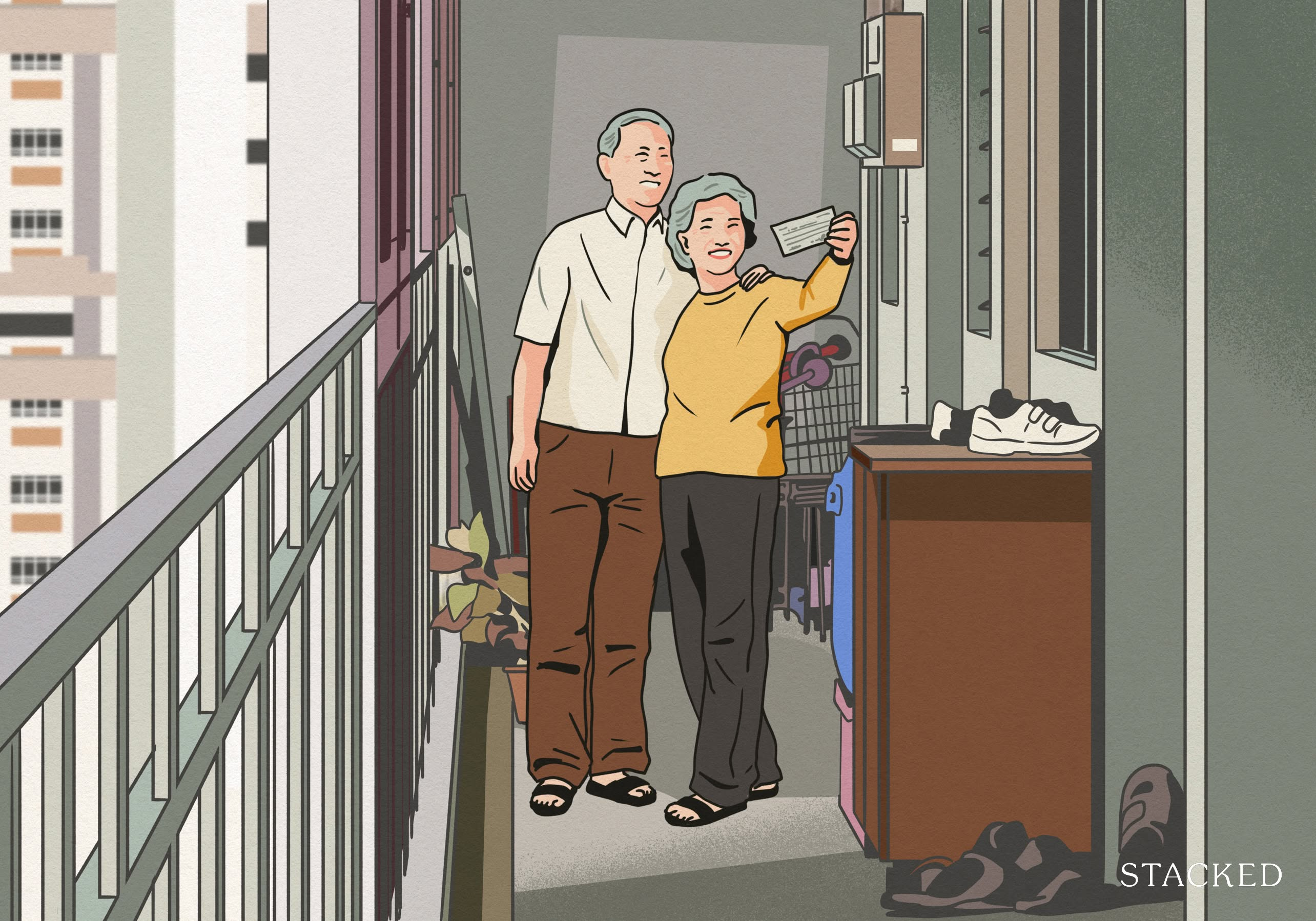
Singapore Property News A Housing Issue That Slips Under the Radar in a Super-Aged Singapore: Here’s What Needs Attention
Latest Posts

Overseas Property Investing The Biggest Mistake Singaporeans Make When Analysing Overseas Property

Pro How Much More Should You Really Pay for a Higher Floor or Sea View Condo?

On The Market 5 Spacious 5-Room HDB Flats Under $600K You Can Still Buy Today
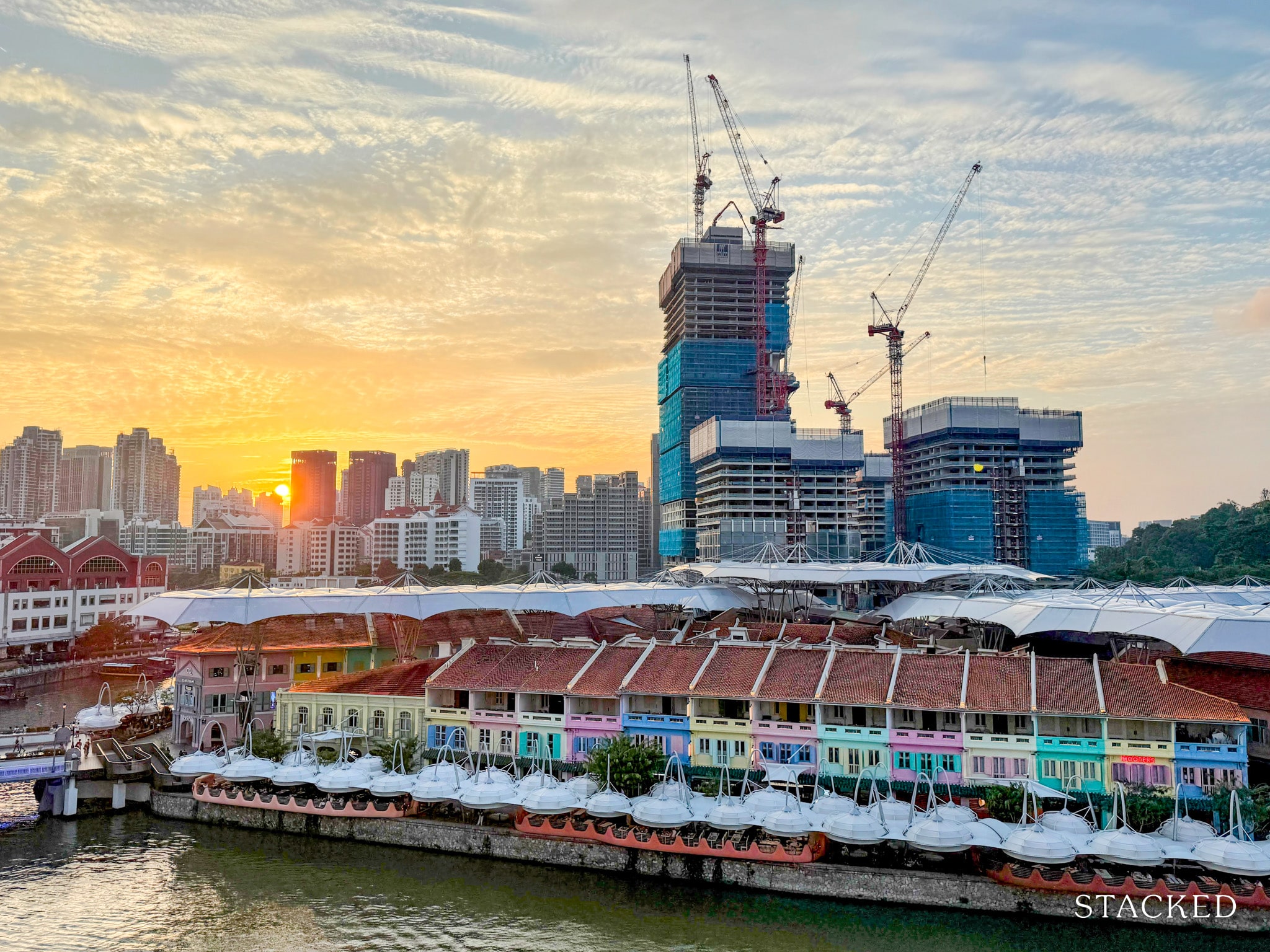
Property Market Commentary 7 Close To TOP New Launch Condos In 2026/27 For Those Looking To Move In Quick
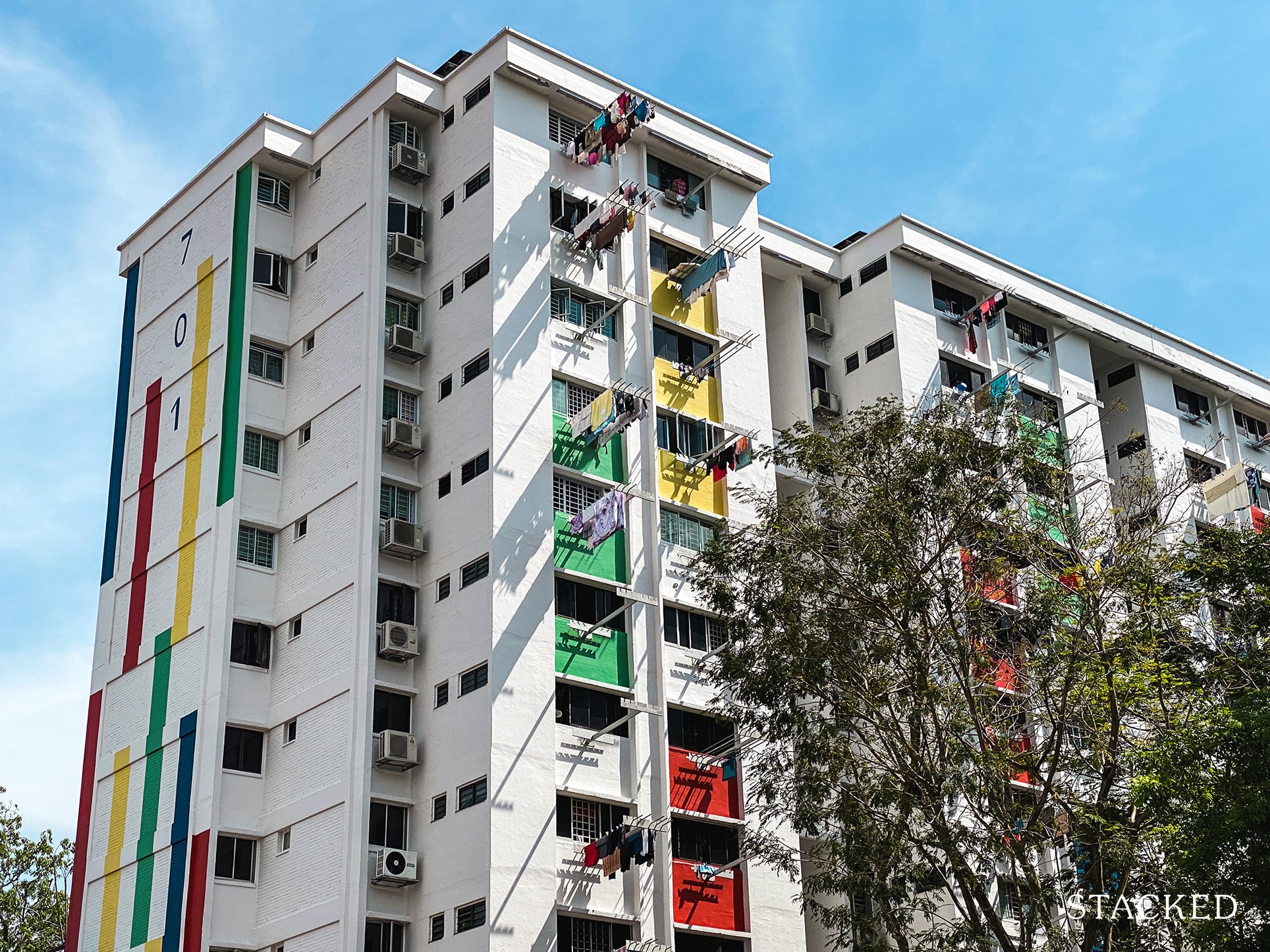
Property Advice I Own A 55-Year-Old HDB Flat, But May Have To Sell — Can I Realistically Buy A Freehold Condo With $700K?
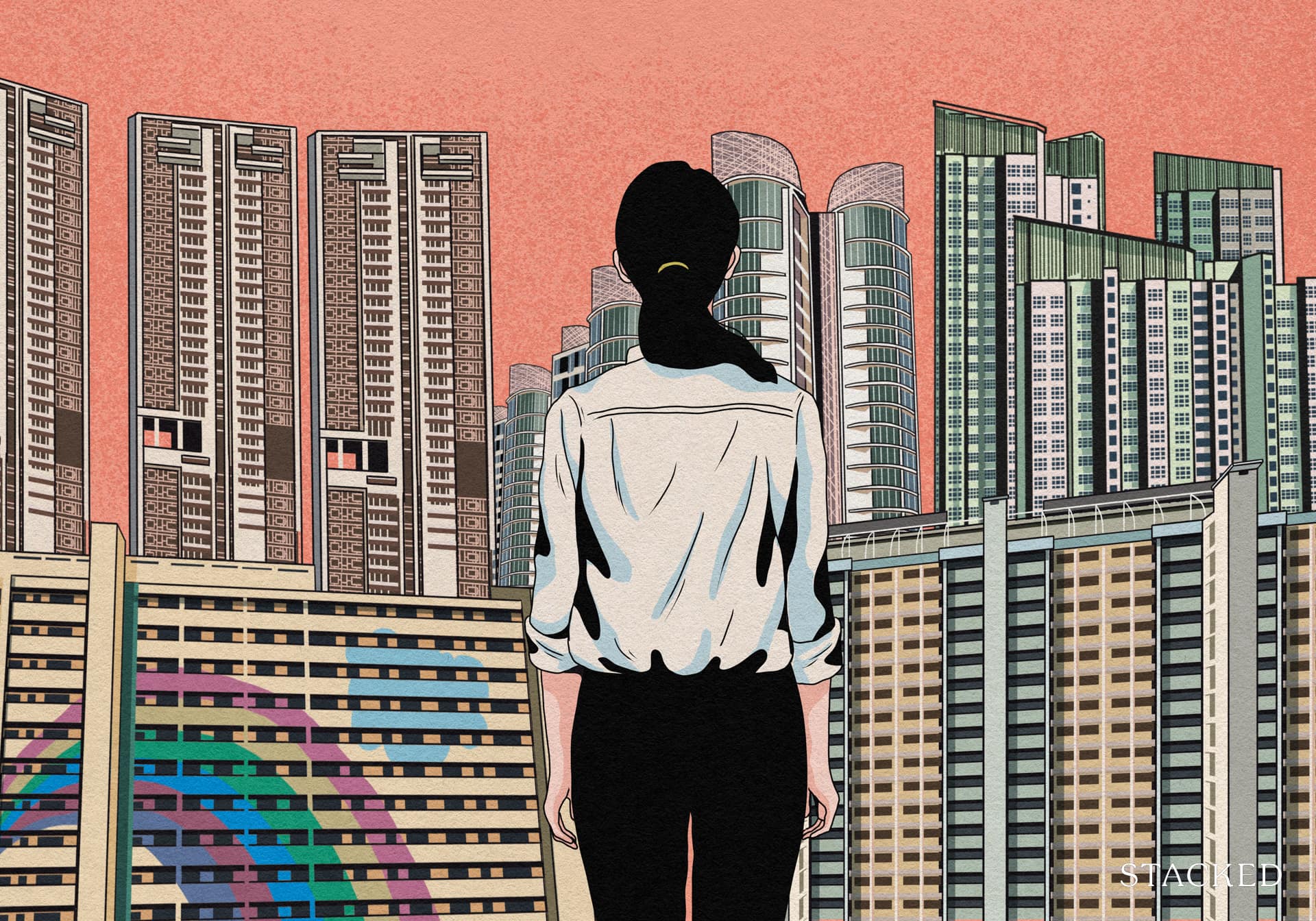
Property Market Commentary Why It’s So Much Harder For Young Singaporeans To Buy A Home Today
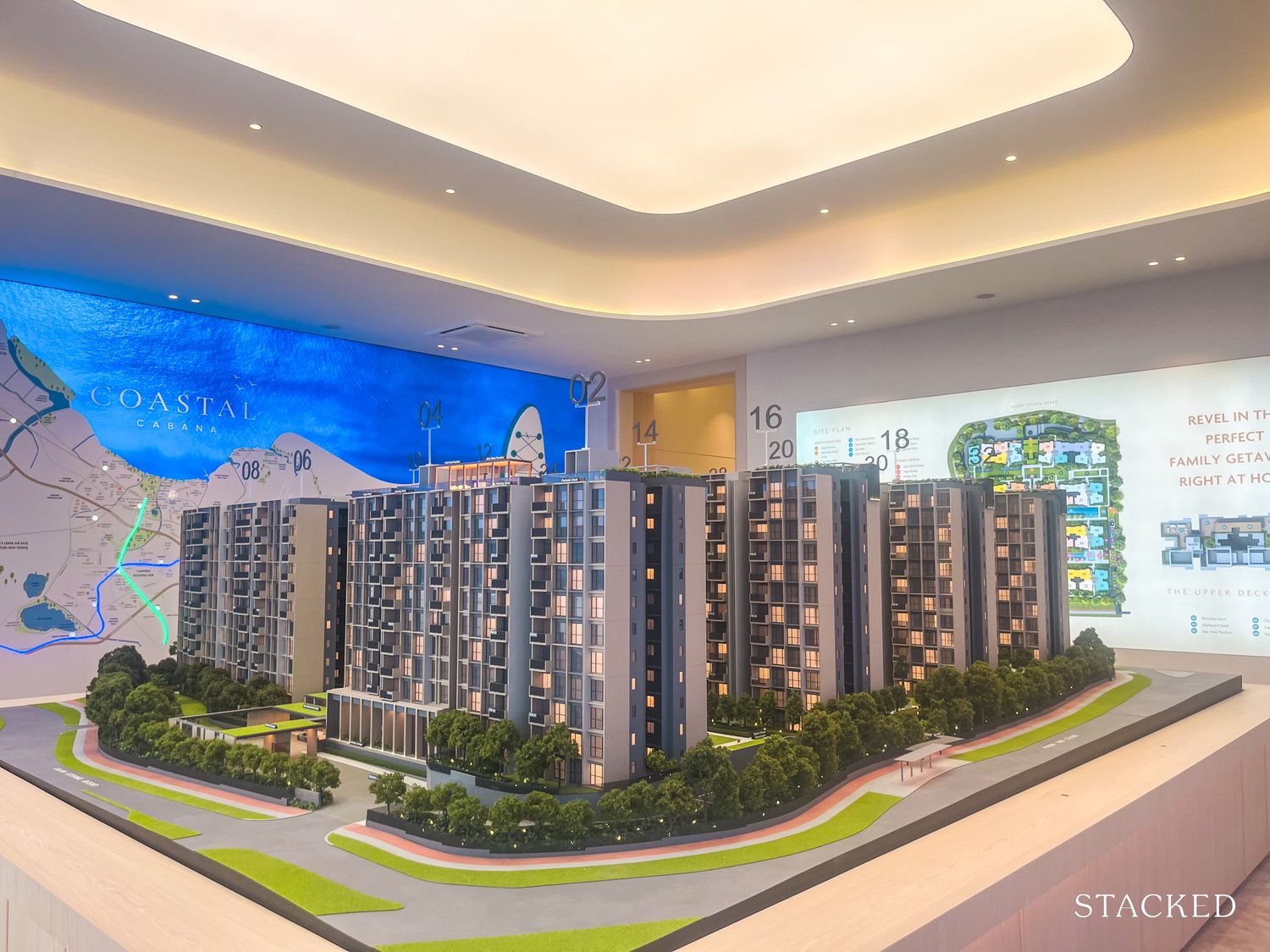
New Launch Condo Reviews Coastal Cabana EC Review: A Unique EC With Sea Views Priced From $1.438M

Property Market Commentary Which HDB Towns Sold the Most Flats This Year? The 2025 Rankings Reveal Some Surprises

Landed Home Tours We Toured a Freehold Landed Area Buyers Overlook — It’s Cheaper (and Surprisingly Convenient) From $3.2M
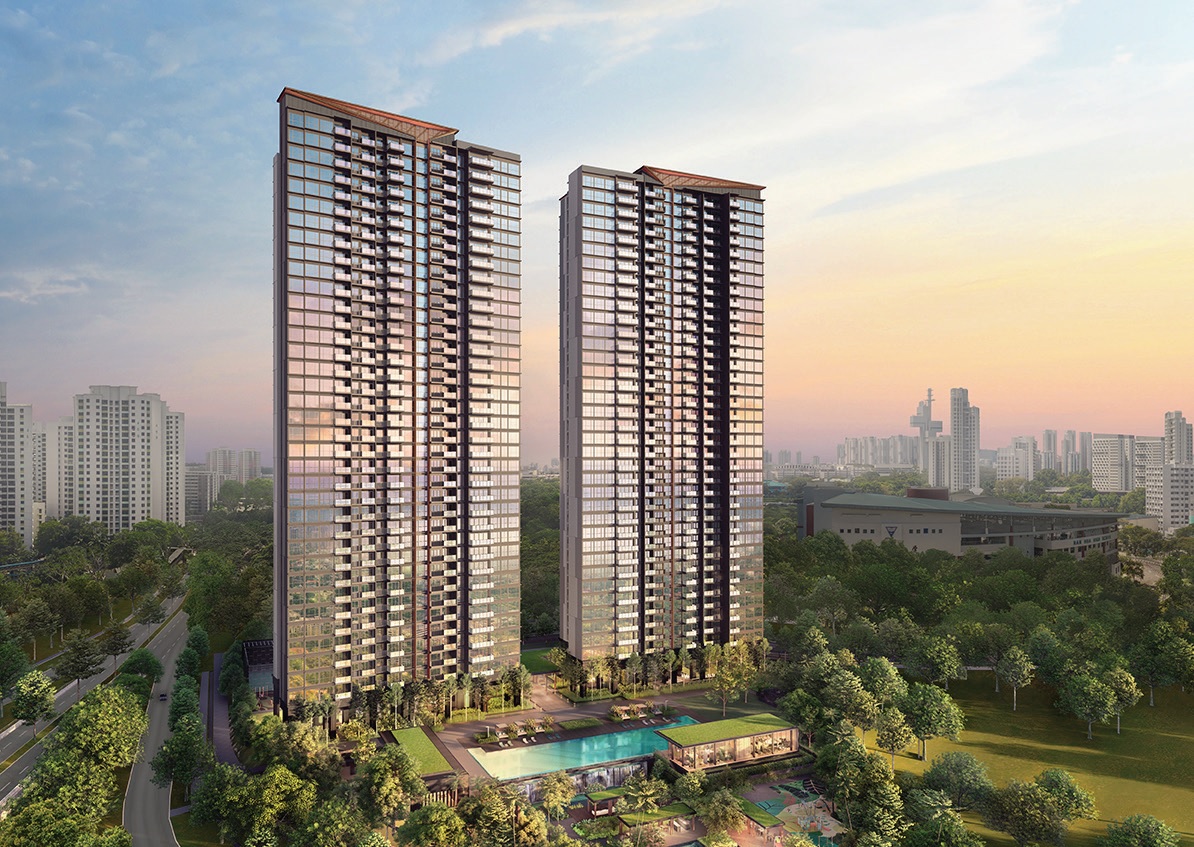
Property Advice We Own A 2-Bedder Condo In Clementi: Should We Decouple To Buy A Resale 3 Bedder Or Sell?
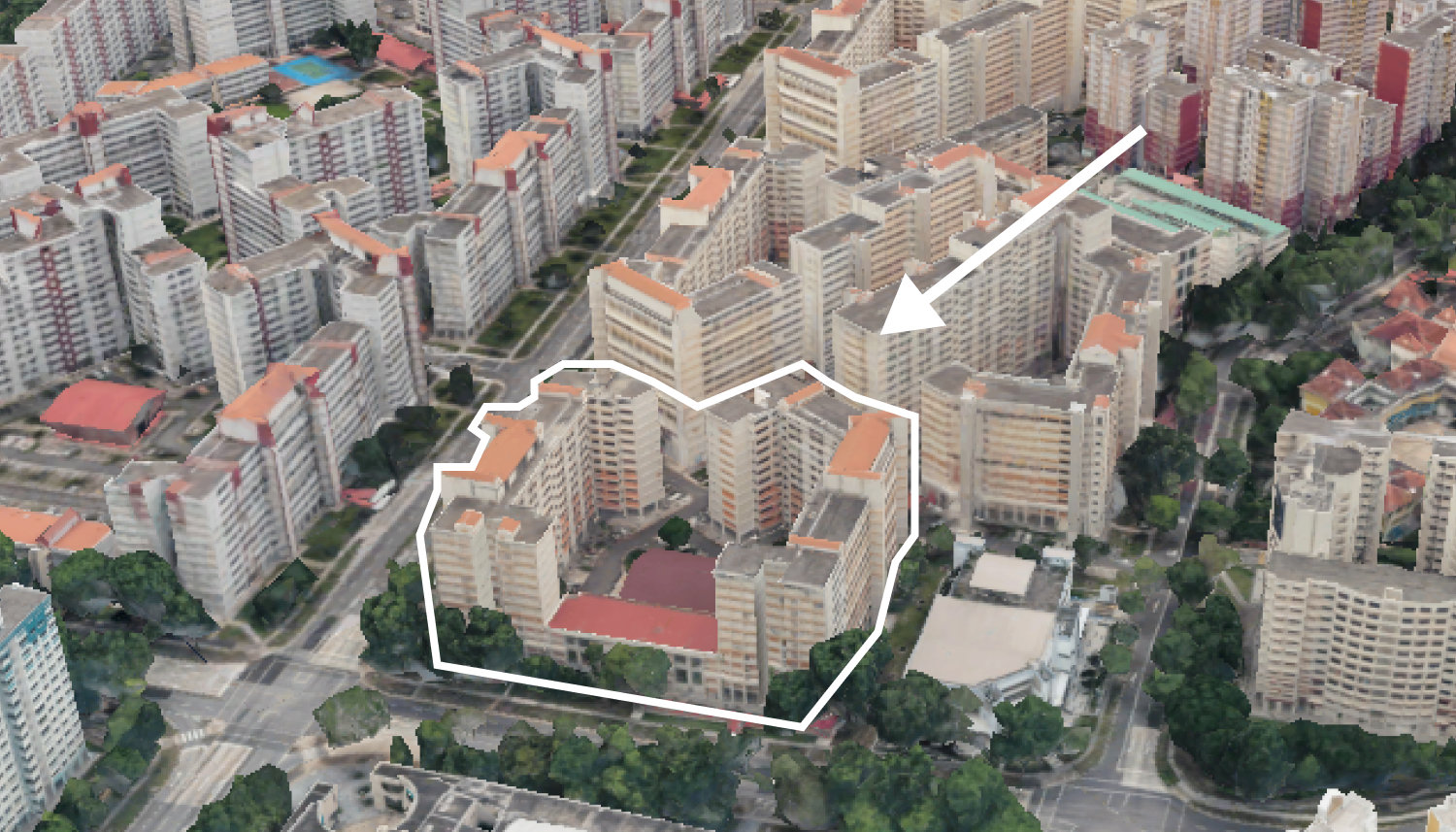
On The Market We Found the Cheapest Yet Biggest 4-Room HDBs You Can Buy From $480K
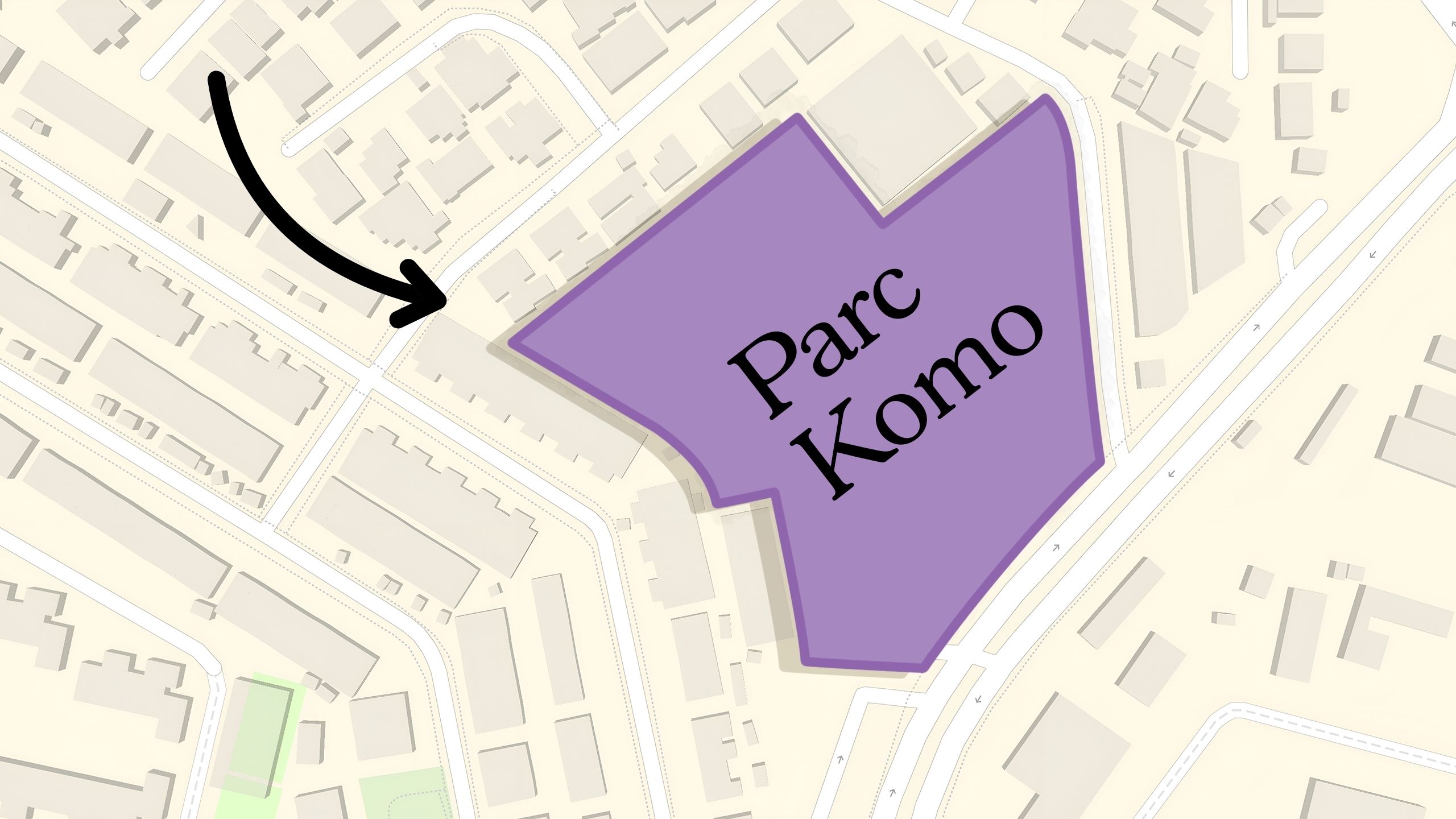
Pro Why This Freehold Mixed-Use Condo in the East Is Underperforming the Market
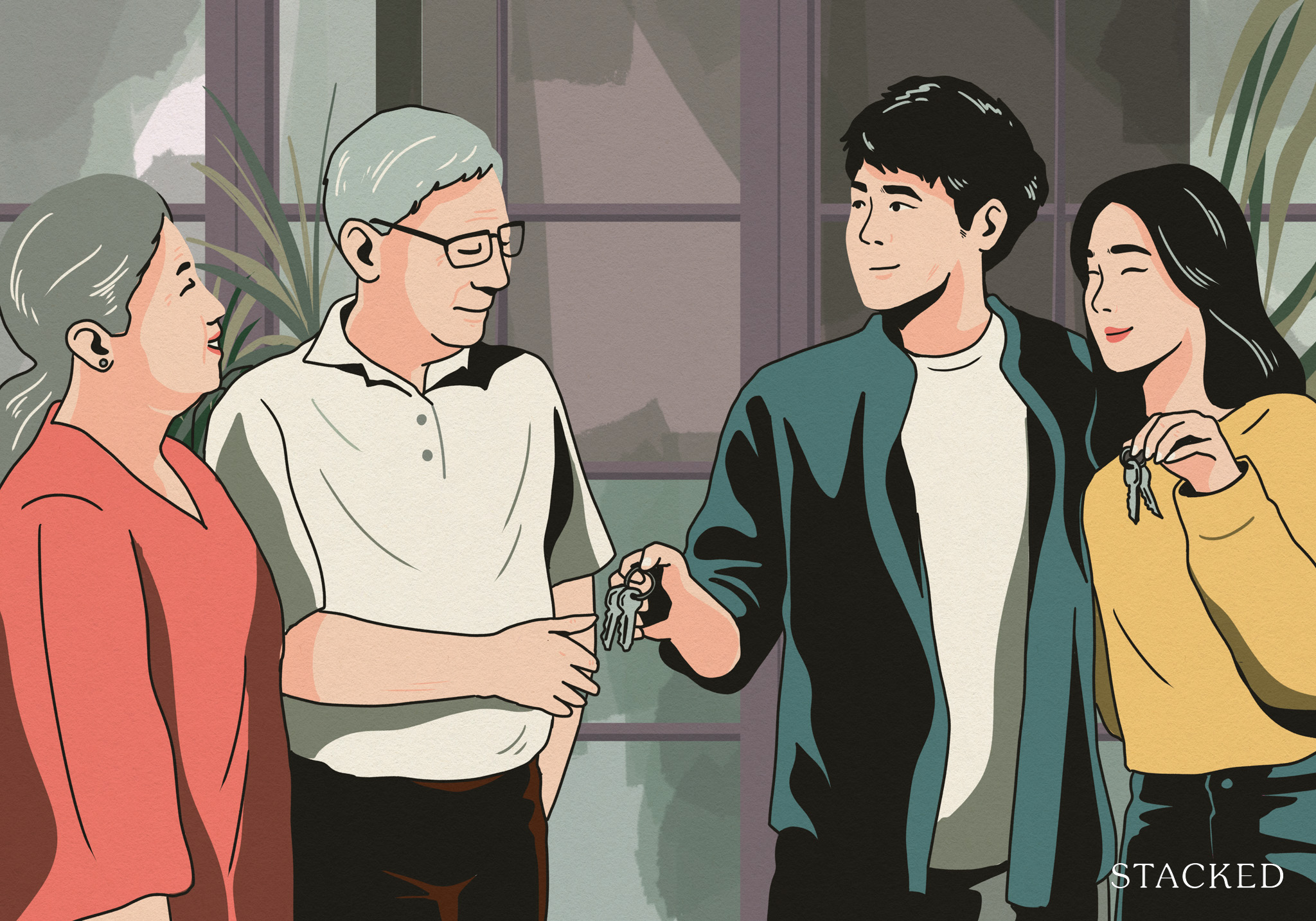
Homeowner Stories I Gave My Parents My Condo and Moved Into Their HDB — Here’s Why It Made Sense.
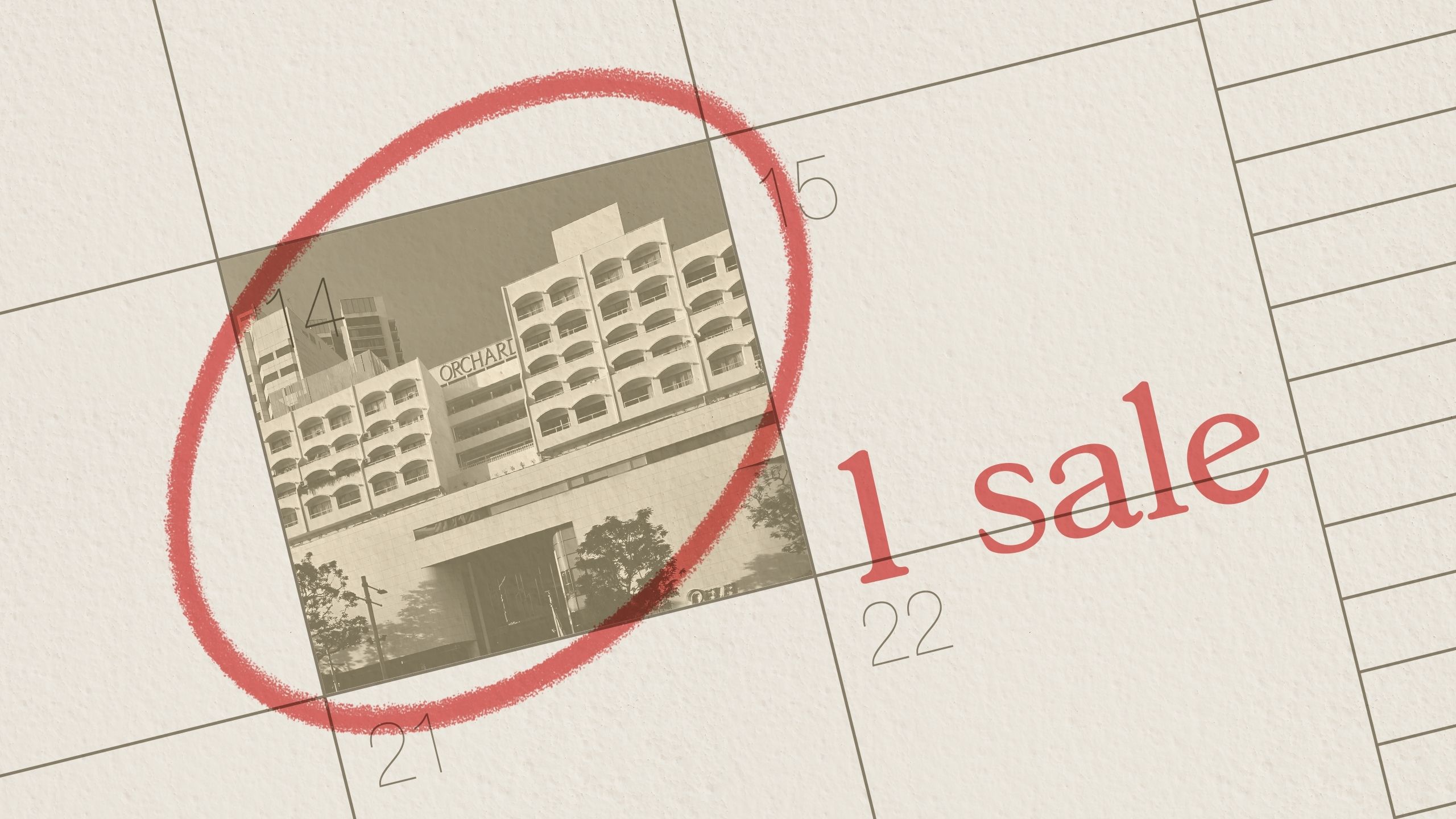
Property Market Commentary The Rare Condos With Almost Zero Sales for 10 Years In Singapore: What Does It Mean for Buyers?

Pro Why This Large-Unit Condo in the Jervois Enclave Isn’t Keeping Up With the Market


